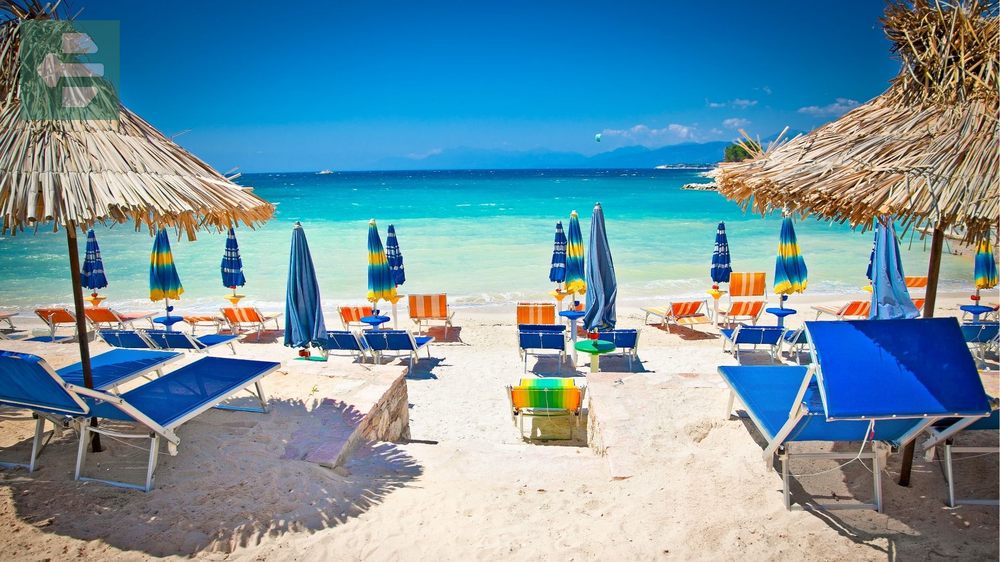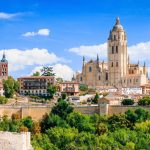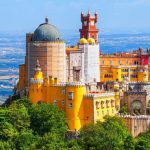Albania offers a stunning range of experiences, from pristine beaches along the Albanian Riviera to ancient castles in Berat and Gjirokaster. The best places to go in Albania include the vibrant capital Tirana, the archaeological wonder of Butrint, and the crystal-clear waters of Ksamil and Saranda.
Keep reading as we uncover Albania's most remarkable destinations that will transform your understanding of this hidden Balkan gem.
List of Contents
- 1. Tirana: Where Color Meets History
- 2. Berat: The City of a Thousand Windows
- 3. Gjirokaster: Stone City of Secrets
- 4. Saranda: Riviera Gateway
- 5. Ksamil: Four Islands Paradise
- 6. Butrint: Where Empires Left Their Mark
- 7. Shkoder: Cultural Heart of the North
- 8. Albanian Riviera: Hidden Mediterranean
- 9. Valbona Valley: Untouched Alpine Paradise
- 10. Theth: Village at the End of the World
- 11. Lake Ohrid: Europe's Ancient Mirror
- 12. Kruje: Skanderbeg's Last Stand
- Your Albanian Adventure Awaits
1. Tirana: Where Color Meets History
Tirana surprises visitors with its rainbow-colored buildings and communist-era monuments standing side by side. The city transforms constantly—what was gray concrete yesterday becomes bright orange today.
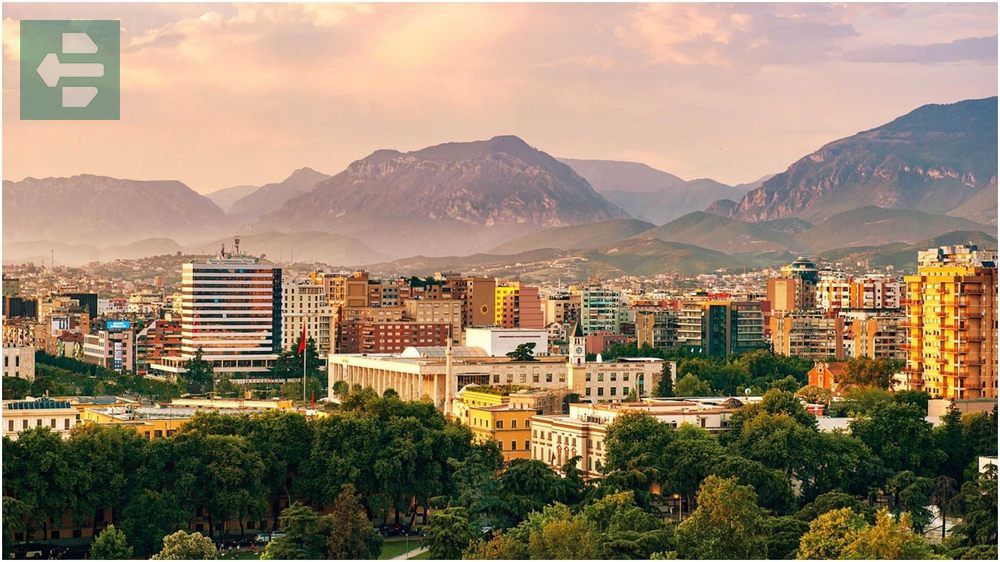
Skanderbeg Square anchors everything. The National History Museum tells Albania's story without sugar-coating the difficult parts. The Pyramid, once a monument to dictator Enver Hoxha, now serves as a playground for local kids who climb its sides.
At 6 PM, join locals for their evening walk along the Lana River. This is when Tirana reveals its soul—families sharing gelato, teenagers on first dates, old men playing chess under streetlights.
Quick Facts:
- Peak season: May-September
- How to get there: Mother Teresa International Airport (17km from center)
- Entry fees: Museums from €2-5
- Suggested stay: 2-3 days
- Must-see spots: Skanderbeg Square, Blloku district, Mount Dajti cable car, Et'hem Bey Mosque
2. Berat: The City of a Thousand Windows
Berat clings to a hillside like white butterflies frozen mid-flight. The Ottoman houses stack one above another, their windows catching light at different angles throughout the day.
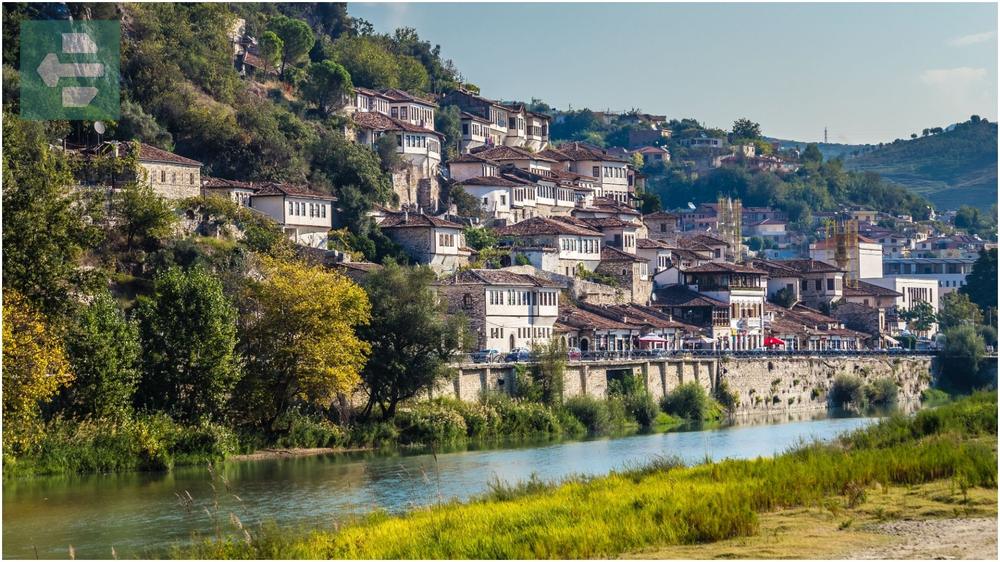
Inside the castle walls, families still live among 13th-century ruins. You can hear children playing where Byzantine emperors once walked. The Onufri Museum houses iconography that survived both Ottoman rule and communist atheism.
The cobblestone streets wear smooth from centuries of footsteps. Locals still gather at the old fountain where their great-grandmothers once drew water.
Quick Facts:
- Peak season: April-October
- How to get there: 2-hour drive from Tirana via A3 highway
- Entry fees: Castle €2, Museums €2-3
- Suggested stay: 2 days
- Must-see spots: Berat Castle, Onufri Museum, Mangalem Quarter, Gorica Bridge, Holy Trinity Church
3. Gjirokaster: Stone City of Secrets
Gjirokaster's stone houses descend the mountainside like a gray waterfall. Each building tells a story—some of resistance, others of survival.
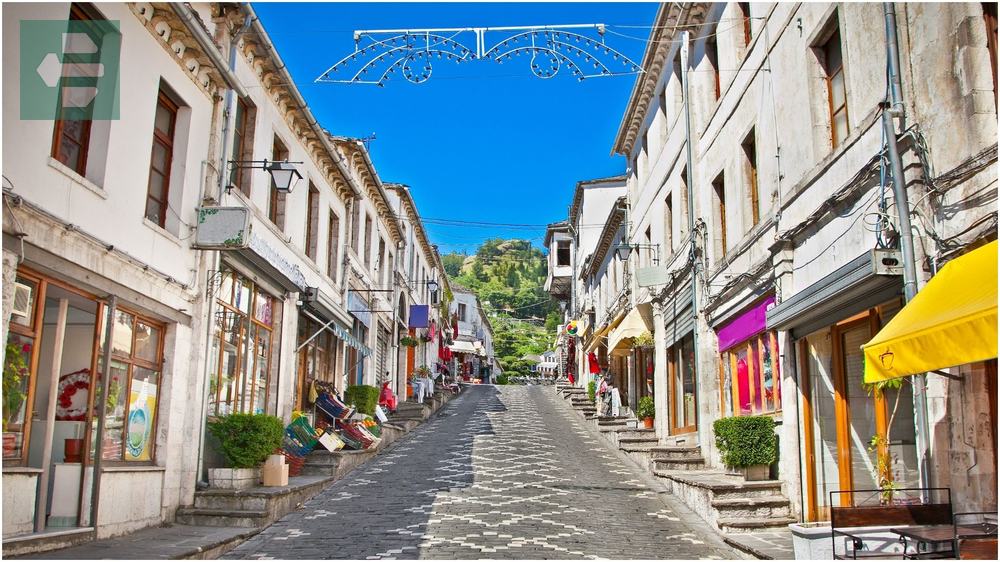
The fortress dominates everything. From its walls, you see where Albania meets Greece, where mountains surrender to valleys. Inside, the weapons museum displays tools of war alongside tools of peace.
Local families open their traditional houses to visitors. Over Turkish coffee, elderly residents share stories their fathers whispered during Ottoman times. The stone stays cool even in August heat.
Quick Facts:
- Peak season: May-September
- How to get there: 3-hour drive from Tirana, 1 hour from Saranda
- Entry fees: Castle €3, Ethnographic Museum €2
- Suggested stay: 1-2 days
- Must-see spots: Gjirokaster Castle, Skenduli House, Cold War Tunnel, Zekate House, Old Bazaar
4. Saranda: Riviera Gateway
Saranda spreads along its horseshoe bay like an amphitheater facing the sea. The city never truly sleeps—fishing boats return at dawn while night owls finally head home.
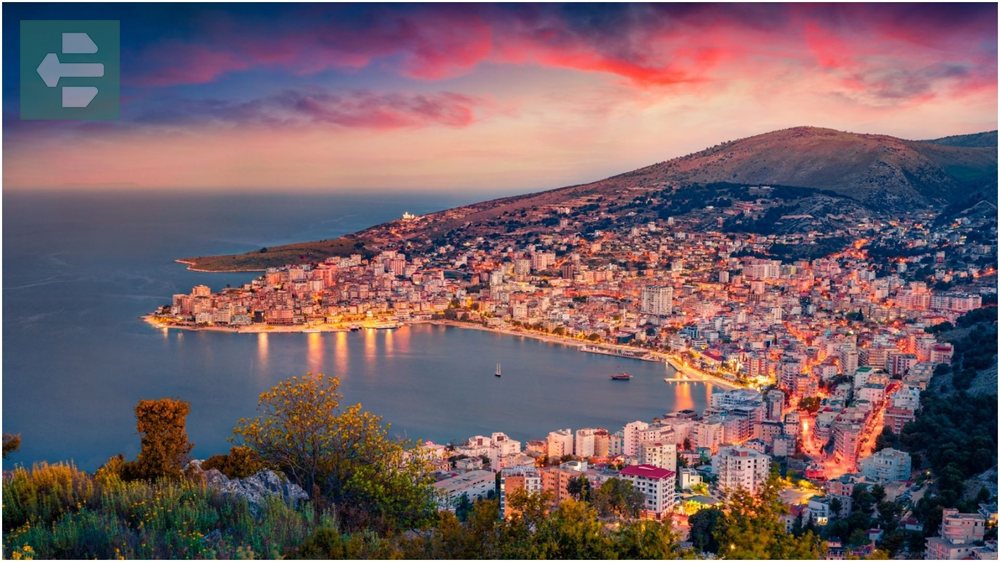
The promenade becomes a stage each evening. Families stroll, couples hold hands, children chase waves that barely reach their ankles. Street vendors sell corn and ice cream in six languages.
When the cruise ships arrive, the port transforms. But walk five minutes inland and you find the real Saranda—neighborhood cafes where old men discuss yesterday's football match over strong coffee.
Quick Facts:
- Peak season: June-August
- How to get there: Tirana bus (5 hours), Corfu ferry (30-50 minutes)
- Entry fees: Most beaches free
- Suggested stay: 3-4 days
- Must-see spots: Saranda Bay, Lekuresi Castle, Mirror Beach, 40 Saints Monastery, Synagogue ruins
5. Ksamil: Four Islands Paradise
Ksamil sits at Albania's southernmost tip, where the Ionian Sea turns turquoise and shallow. Four small islands float just offshore—close enough to swim to on a calm day.
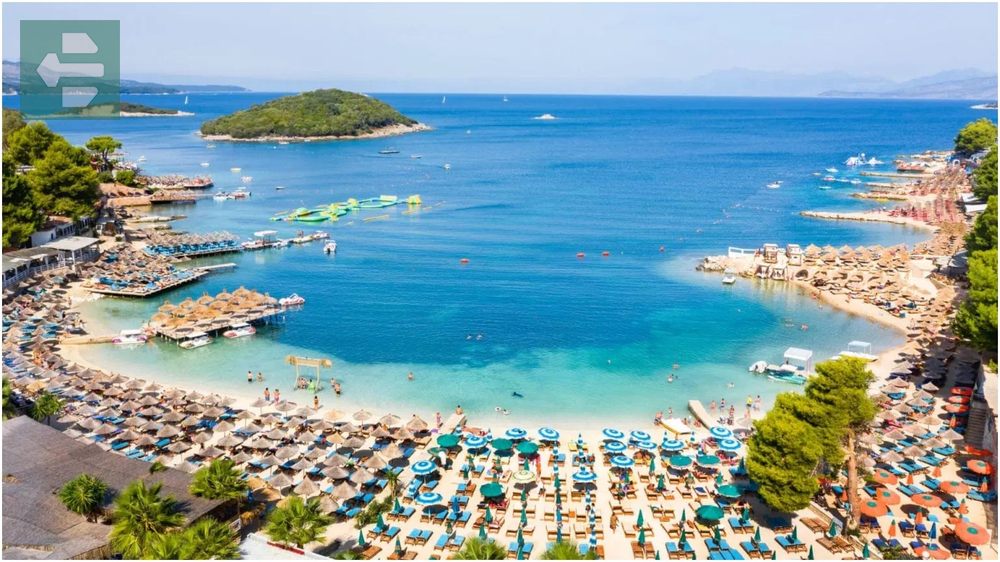
The main beach gets crowded, but walk ten minutes north and you find stretches of white pebbles with only fishing boats for company. The water stays warm until October.
I watched an Albanian grandmother teach her granddaughter to swim here, both laughing as gentle waves pushed them toward shore. That's Ksamil's magic—it makes everyone feel like children again.
Quick Facts:
- Peak season: June-August
- How to get there: 15 minutes from Saranda by bus or car
- Entry fees: Beaches free, boat trips from €15
- Suggested stay: 2-3 days
- Must-see spots: Ksamil Beach, Four Islands, Paradise Beach, Bora Bora Beach, monastery ruins
6. Butrint: Where Empires Left Their Mark
Butrint tells 2,500 years of history through stones. Greeks built a theater here. Romans added baths. Byzantines constructed churches. Each civilization left its signature.

The archaeological trail winds through marshes where herons nest among ancient columns. Mosquitos buzz around visitors just as they pestered Roman senators centuries ago.
The museum displays artifacts found in recent excavations—bronze coins, ceramic shards, jewelry that once adorned Illyrian princesses. Outside, Lake Butrint reflects the sky, unchanged since Homer's time.
Quick Facts:
- Peak season: April-October
- How to get there: 30 minutes from Saranda by bus or car
- Entry fees: €10 adults, includes museum
- Suggested stay: Half-day visit
- Must-see spots: Greek Theater, Baptistery mosaics, Venetian Castle, Lake Butrint, Roman Baths
7. Shkoder: Cultural Heart of the North
Shkoder sits where three rivers meet, creating fertile plains surrounded by mountains. The city feels different from southern Albania—more Austrian, less Mediterranean.

Rozafa Castle crowns a hill above the confluence. Legend says a woman was walled alive in its foundations to ensure it would stand forever. The walls still stand. The Buna River still flows beneath them.
The old bazaar area preserves Ottoman architecture alongside Venetian influences. Photography museum Marubi displays Albania's visual history through the eyes of three generations of the same family.
Quick Facts:
- Peak season: April-October
- How to get there: 2-hour drive from Tirana, gateway to Albanian Alps
- Entry fees: Castle €2, Museums €1-3
- Suggested stay: 2 days
- Must-see spots: Rozafa Castle, Marubi Museum, Lead Mosque, Mes Bridge, Shkoder Lake
8. Albanian Riviera: Hidden Mediterranean
The Albanian Riviera stretches 120 kilometers from Vlore to Saranda, revealing beaches that rival anywhere in the Mediterranean. Each village guards its own character.
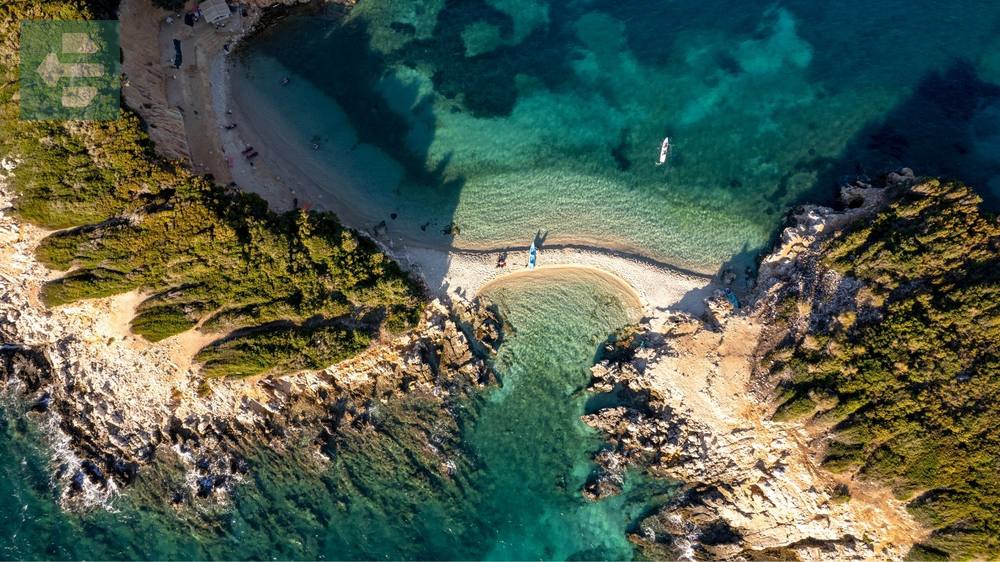
Dhermi perches on cliffs above white-stone beaches. Himare blends Greek and Albanian influences. Porto Palermo hides a 19th-century castle on a peninsula that juts into turquoise water.
Take the coastal road slowly. Every turn reveals another postcard view—olive groves tumbling toward the sea, traditional stone villages, beaches accessible only by footpath. The locals still gather their own sea salt in summer.
Quick Facts:
- Peak season: June-September
- How to get there: Coastal road SH8 from Vlore to Saranda
- Entry fees: Most beaches free, Porto Palermo Castle €2
- Suggested stay: 5-7 days
- Must-see spots: Gjipe Beach, Dhermi, Himare, Porto Palermo, Jale Beach, Llamani Beach
9. Valbona Valley: Untouched Alpine Paradise
Valbona Valley cuts deep into the Albanian Alps, where limestone peaks pierce clouds and glacial rivers run crystal clear. The journey here requires commitment—first a ferry across Komani Lake, then a winding mountain road.

Every morning brings the sound of cow bells and flowing water. The valley stayed isolated for centuries, preserving traditions that disappeared elsewhere. Local families still practice transhumance, moving livestock to high pastures in summer.
The hiking trails lead to places that don't appear on any map. Mountain springs provide the purest water you'll ever taste. At night, stars shine so bright they cast shadows.
Quick Facts:
- Peak season: June-September
- How to get there: Komani Ferry from Shkoder, then 1-hour drive
- Entry fees: National Park €1
- Suggested stay: 3-4 days minimum
- Must-see spots: Valbona River, Maja Jezerce peak, Traditional guesthouses, Rrogam Valley, Ceria Trail
10. Theth: Village at the End of the World
Theth sits in a valley so remote that until recently, it was cut off completely each winter. The village follows ancient laws and preserves traditions that vanished everywhere else.

A stone church marks the village center. Around it, traditional houses with wooden shingles shelter families whose ancestors arrived here 300 years ago. The Lock-in Tower stands as a reminder of blood feuds that once ruled these mountains.
The Blue Eye spring bubbles up from underground, creating a pool so clear you can see trout swimming in its depths. The water stays ice-cold even in August, fed by snowmelt from surrounding peaks.
Quick Facts:
- Peak season: June-September
- How to get there: 25km mountain road from Shkoder (summer only)
- Entry fees: National Park €1
- Suggested stay: 2-3 days
- Must-see spots: Blue Eye spring, Lock-in Tower, Stone Church, Grunas Waterfall, Traditional kulla houses
11. Lake Ohrid: Europe's Ancient Mirror
Lake Ohrid straddles the border between Albania and North Macedonia, holding water that fell as rain over a million years ago. The Albanian side remains quieter, less developed than its famous Macedonian neighbor.

The lake reaches depths of 288 meters, creating underwater springs that bubble up in unexpected places. Endemic species live here that exist nowhere else on earth—trout that evolved in isolation, snails that survived ice ages.
Orthodox monasteries dot the shoreline, their domes reflecting in waters that have witnessed empires rise and fall. Local fishermen still use techniques their great-grandfathers learned from Byzantine monks.
Quick Facts:
- Peak season: May-October
- How to get there: 2 hours from Tirana via Elbasan
- Entry fees: Beaches and lakefront free
- Suggested stay: 2-3 days
- Must-see spots: Drilon Springs, Lin mosaics, Tushemisht village, Saint Mary Monastery, lakefront promenade
12. Kruje: Skanderbeg's Last Stand
Kruje occupies a strategic position on the slopes of Mount Kruje, overlooking the coastal plain toward the Adriatic Sea. This is where Albania's greatest hero made his final stand against the Ottoman Empire.

The castle museum tells Skanderbeg's story through armor, weapons, and documents that survived five centuries. From the ramparts, you see the routes his armies took to defend Albanian independence.
The old bazaar below preserves Ottoman-era crafts. Artisans still make traditional felt hats, copper vessels, and wood carvings using techniques passed down through generations. The mountain air carries the scent of pine and wild herbs.
Quick Facts:
- Peak season: April-October
- How to get there: 45 minutes from Tirana by car or bus
- Entry fees: Skanderbeg Museum €2, Ethnographic Museum €1
- Suggested stay: 1 day
- Must-see spots: Kruje Castle, Skanderbeg Museum, Old Bazaar, Ethnographic Museum, Sari Salltik shrine
Your Albanian Adventure Awaits
Albania packs more diversity into its small borders than countries ten times its size. From beaches that rival the Greek islands to mountains that challenge the Swiss Alps, every region offers something unexpected.
The best places to go in Albania share one common thread—authenticity. Tourism hasn't yet polished away the rough edges that make travel memorable. Village children still wave at passing cars. Shepherds still move their flocks along ancient paths.
Pack light but bring curiosity. Albania rewards travelers who arrive with open minds and leave with full hearts.
